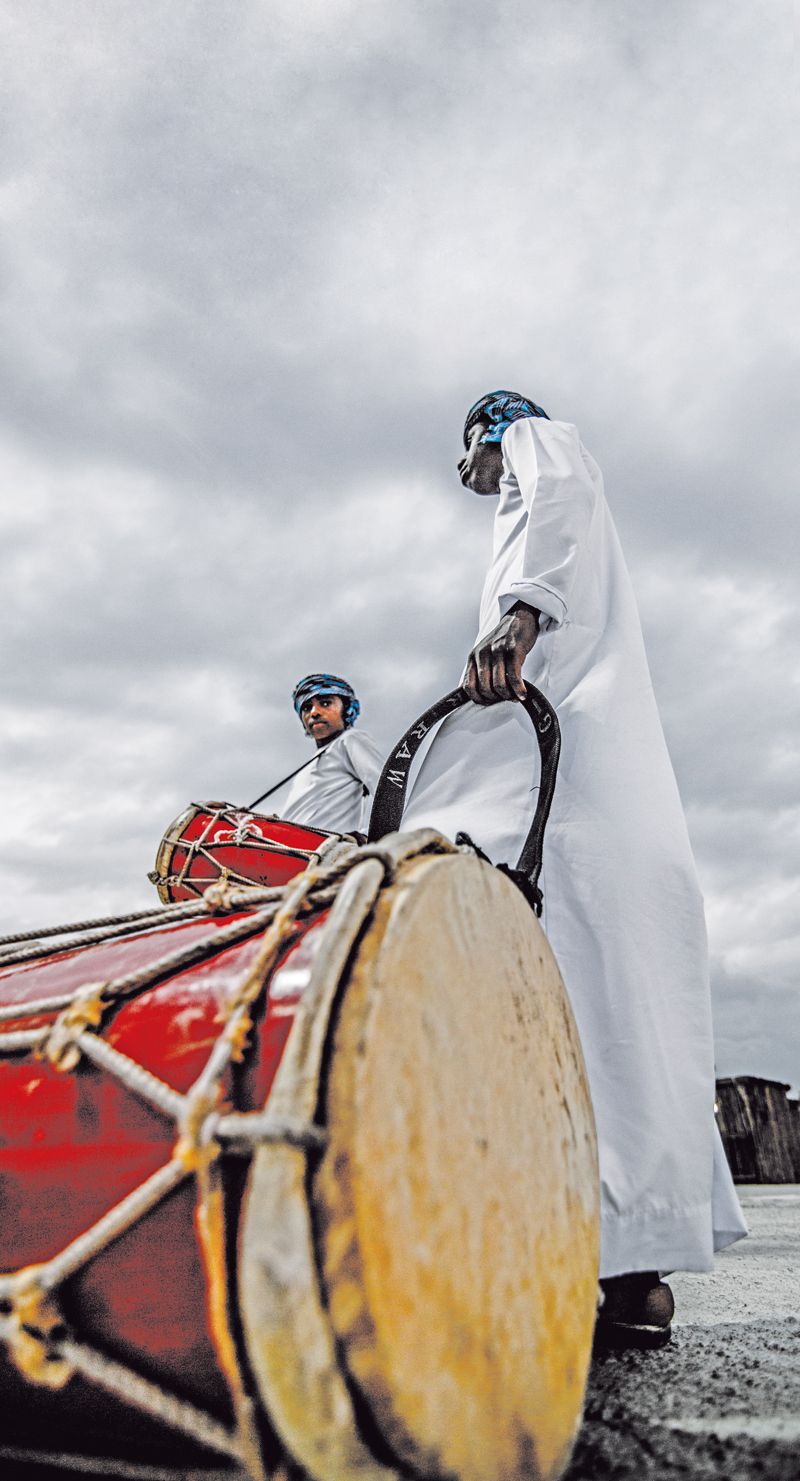

Oman has been a major tourist attraction for the Middle East and for visitors from across the world. In recent years the number of tourists attracted to Oman’s friendly people and heritage sites have increased manifold. Having several unique cultural facets such as folk dances, arts, handicrafts, traditional costumes, cuisines, falajes, and traditions that distinguish Oman from the rest of its neighbors; a visitor to Oman can see a myriad of distinct cultural legacies in each and every Governorate of the Sultanate.






In fact, for people who take pleasure in reviving history and have an eye for arts, architecture and niceties of a civil society, Oman is the perfect place. Every region reflects Oman’s rich cultural heritage and are enriched with pure culture and a traditional lifestyle in every facet.
Here are 6 cultural features that are unique to Oman:
Folk dances are performed in every Governorate in Oman, and are part of its rich cultural legacy. Omanis perform these dances at a number of occasions that include: the celebration of the birth of a new-born, weddings and other social celebrations. Oman’s most popular folk dance is the Razha, where men stand in two lines battling with their swords while reciting poetry. The Razha is one of the oldest Omani war dances that uses the drums to motivate the dancers.
Traditional Omani dress:
The Traditional Omani dress differs from one Governorate to the other, as each Governorate has its own unique sense of style. The national dress is an ankle-length, collarless gown with long sleeves, called a dishdasha. Usually, the clothing is white, although a few other colors such as brown, lilac, and black are sometimes worn. The national dress for Omani women includes a dress worn over trousers (sirwal) and a headdress (lihaf).
The Omani Khanjar:
The Omani Khanjar is a popular symbol of Oman’s identity, and is a part of all of the country’s national emblems. It exemplifies the Omani values of generosity, authenticity, and respect, and is made of pure silver. Omanis wear the Khanjar as a gesture of happiness and camaraderie while celebrating different social occasions. There are several types of Omani Khanjars such as: Al Saieedi, Al Suri, Al Janubi, and Al Nizwani, to name a few.
Forts and Castles:
The sultanate’s forts and castles are reminiscent of the creativity and innovative thinking of Omanis which can be witnessed in their unique architectural and artistic structures. The forts and castles were built by the Omanis for several historical reasons, and are major tourism attractions that attract tourists and visitors year on year. Representing the history of the people of a particular region, forts and castles are present in every Omani Governorate. The Ministry of Tourism works relentlessly to restore and preserve these attractions as part of its sustainable tourism strategy.
Omani Cuisine:
Every Governorate in Oman is known for its unmistakable cuisine that distinguishes it from the other Governorates. The Omani Halwa is the most popular traditional dish that has gained a reputation amongst international tourists and visitors. Some of the other famous Omani dishes are: Al Oursia, Al Harees, the Dhofari Luhoh bread, Rikhal bread, and the Omani Shuwaa.
The Falajes:
Oman’s Falajes are a vital aspect of its culture. Falajes are the traditional system of narrow, mud-walled water channels used to irrigate fields and date plantations, and to provide villages and towns with reliable water supplies. They are reflective of the intellect of the people of Oman as their design depends on several sciences such as navigation, math and engineering.
Oman Observer is now on the WhatsApp channel. Click here



